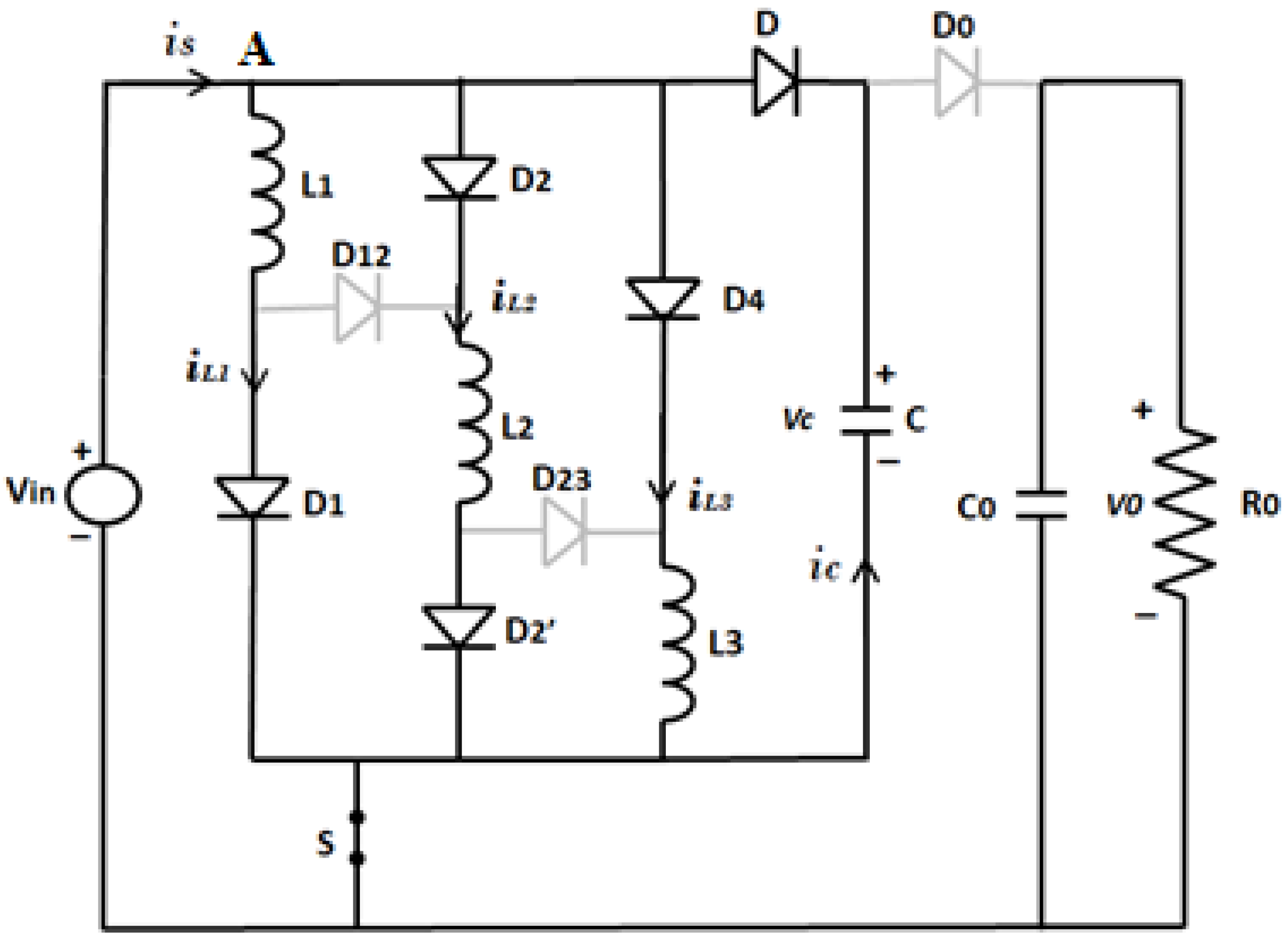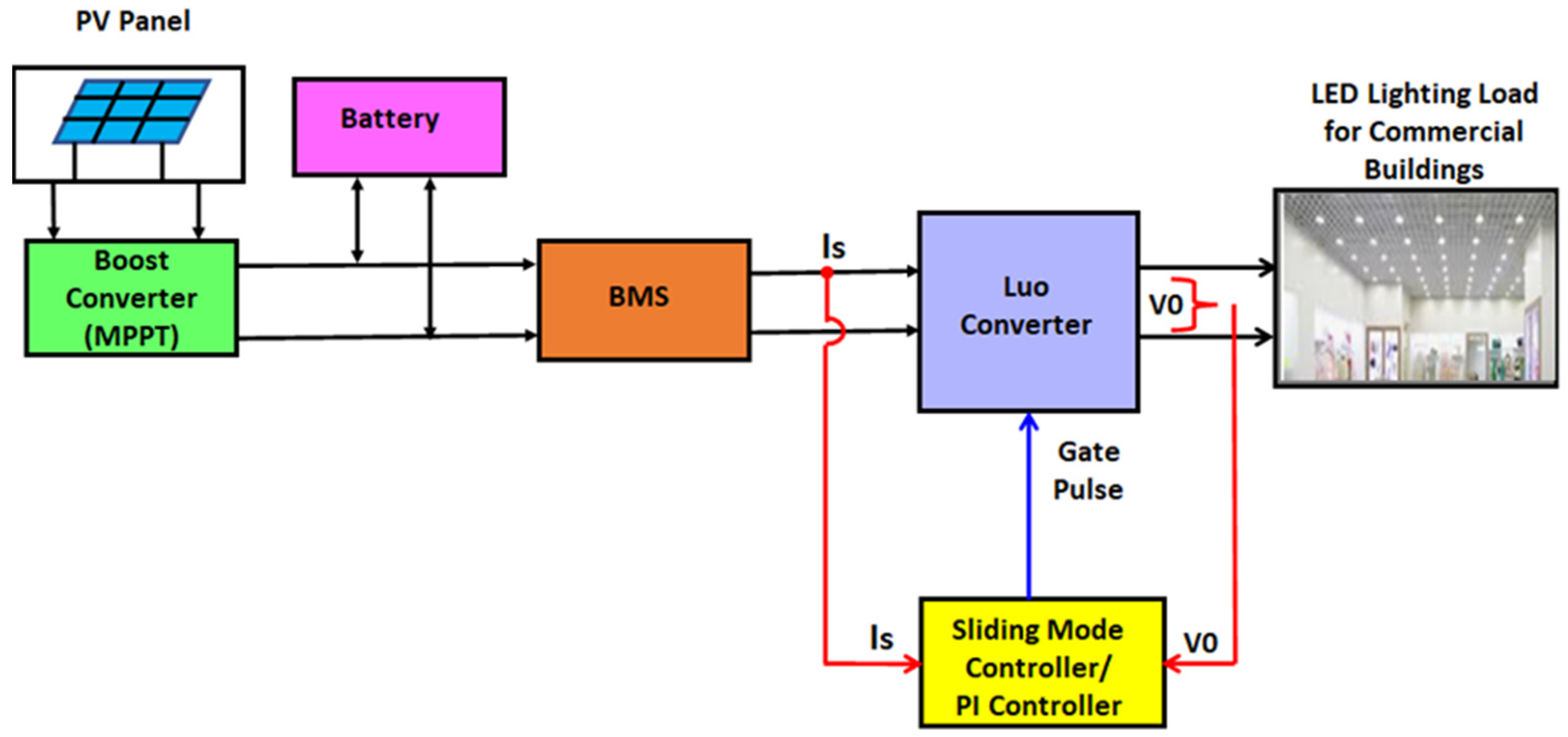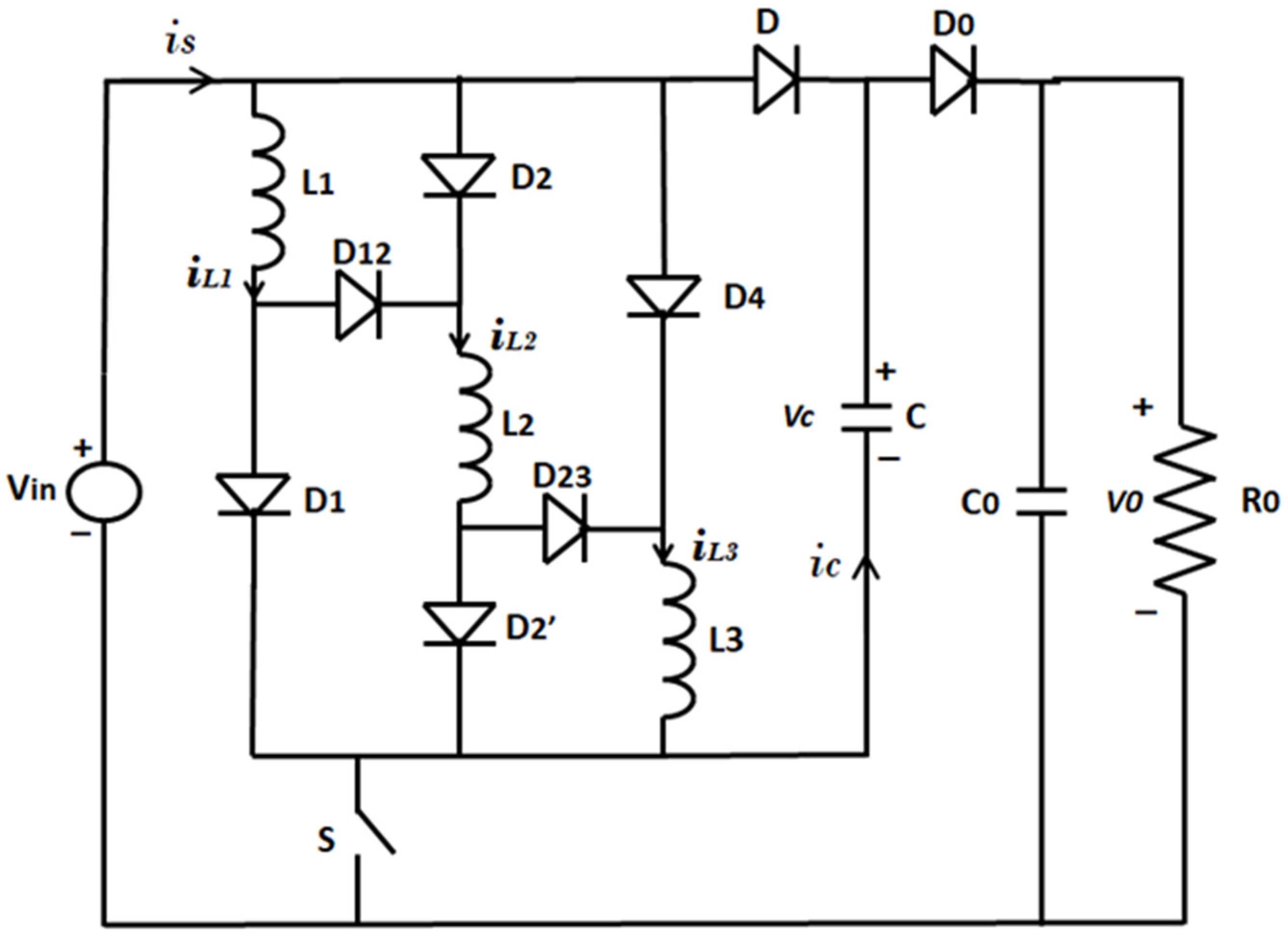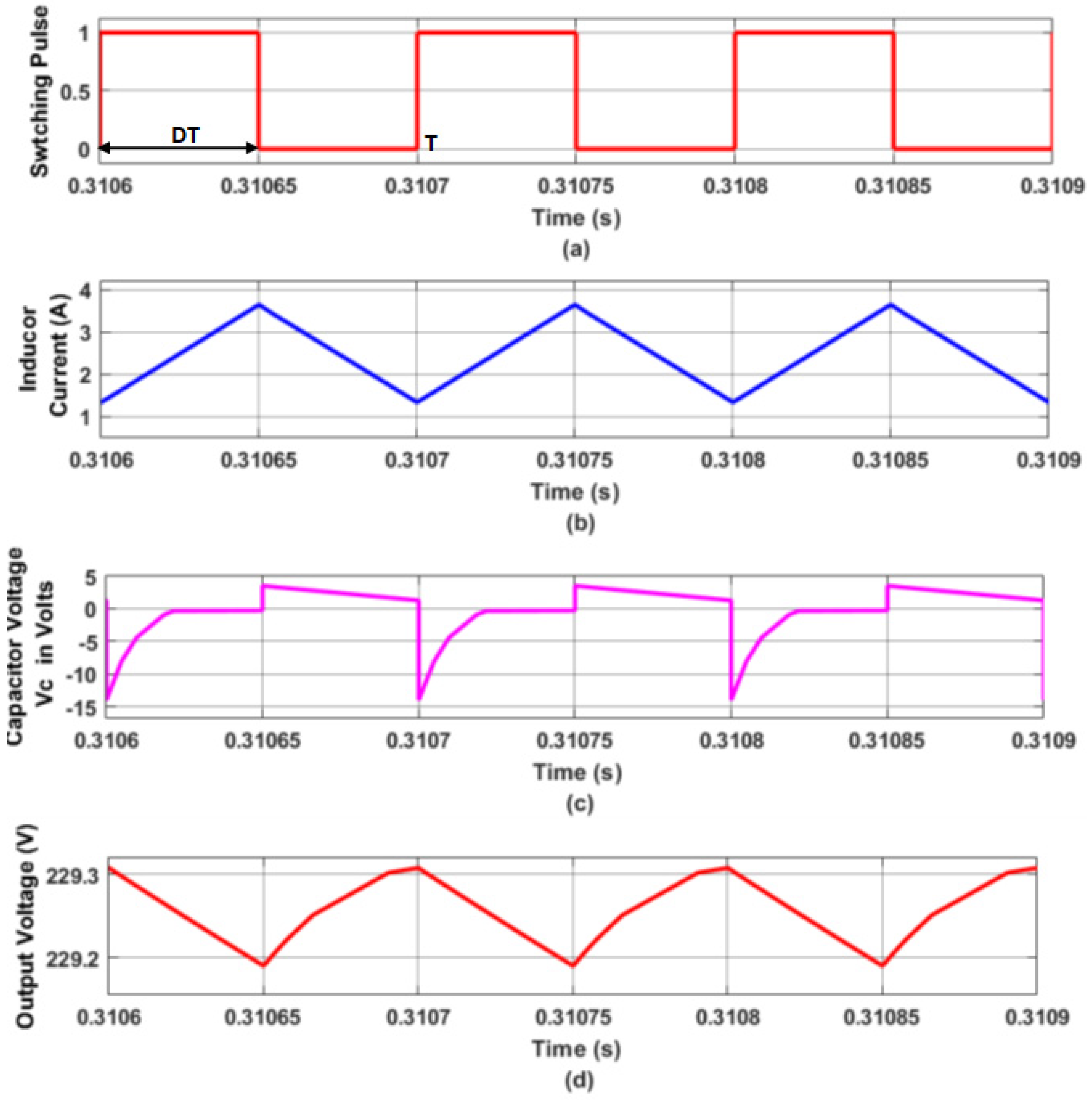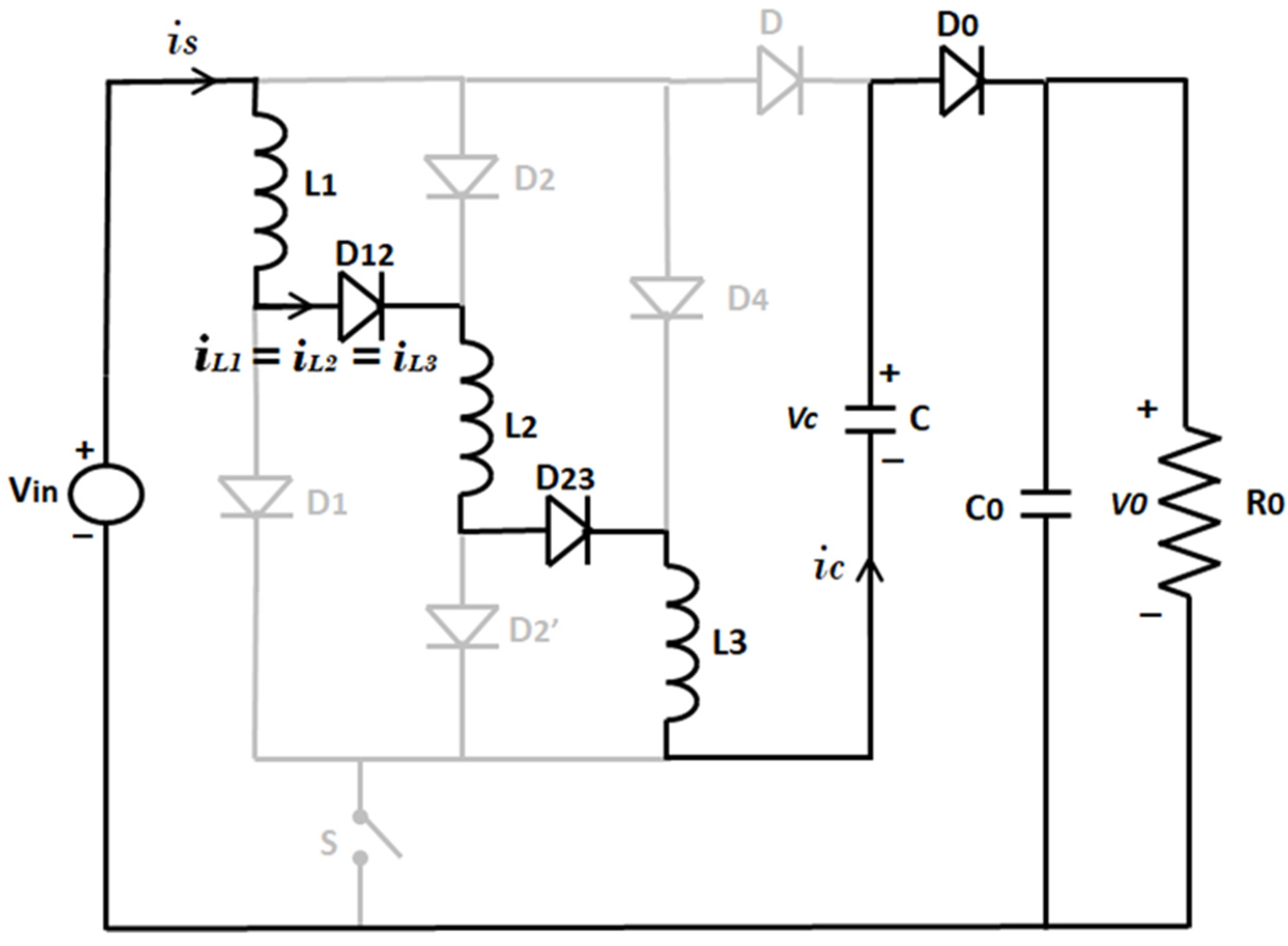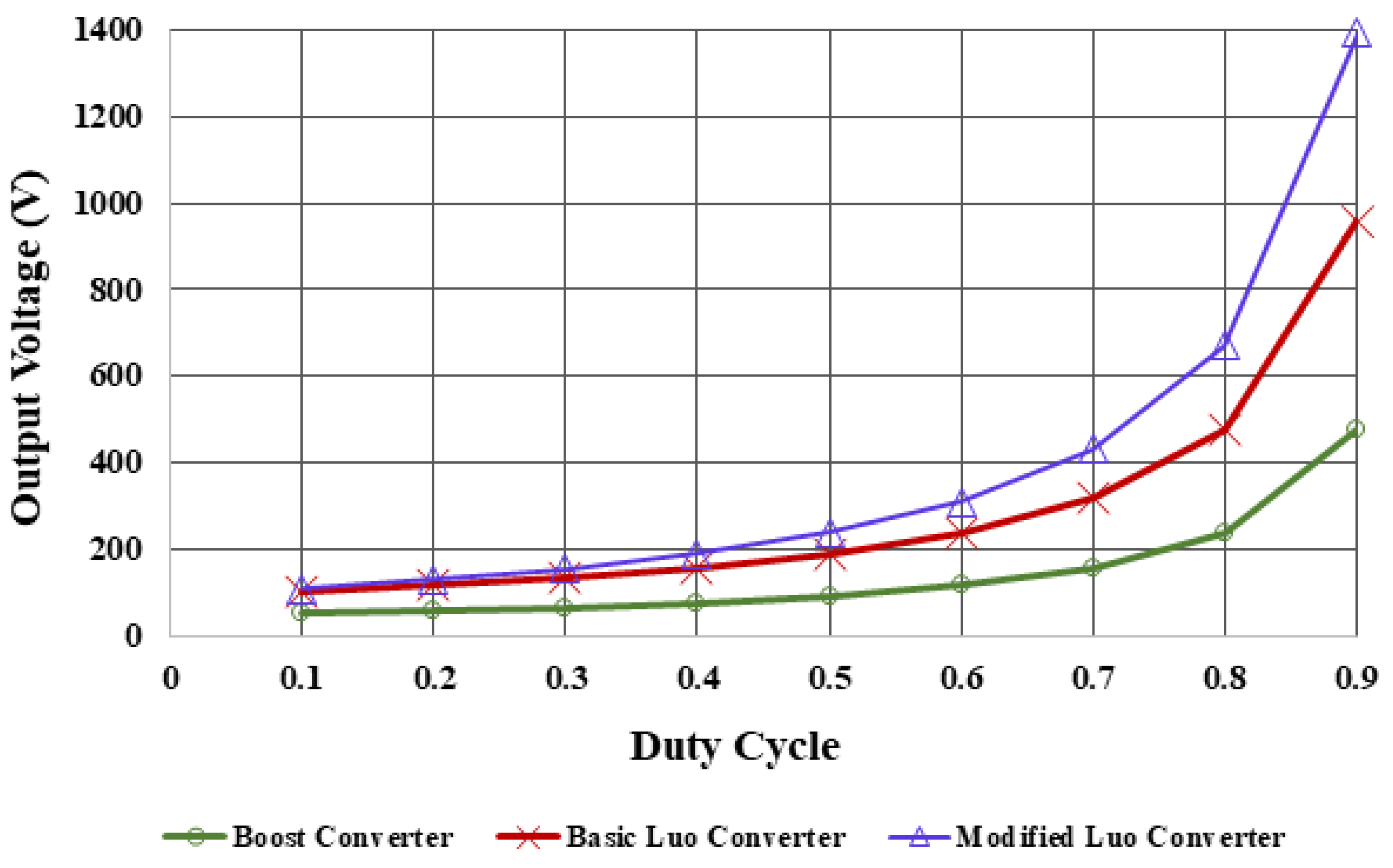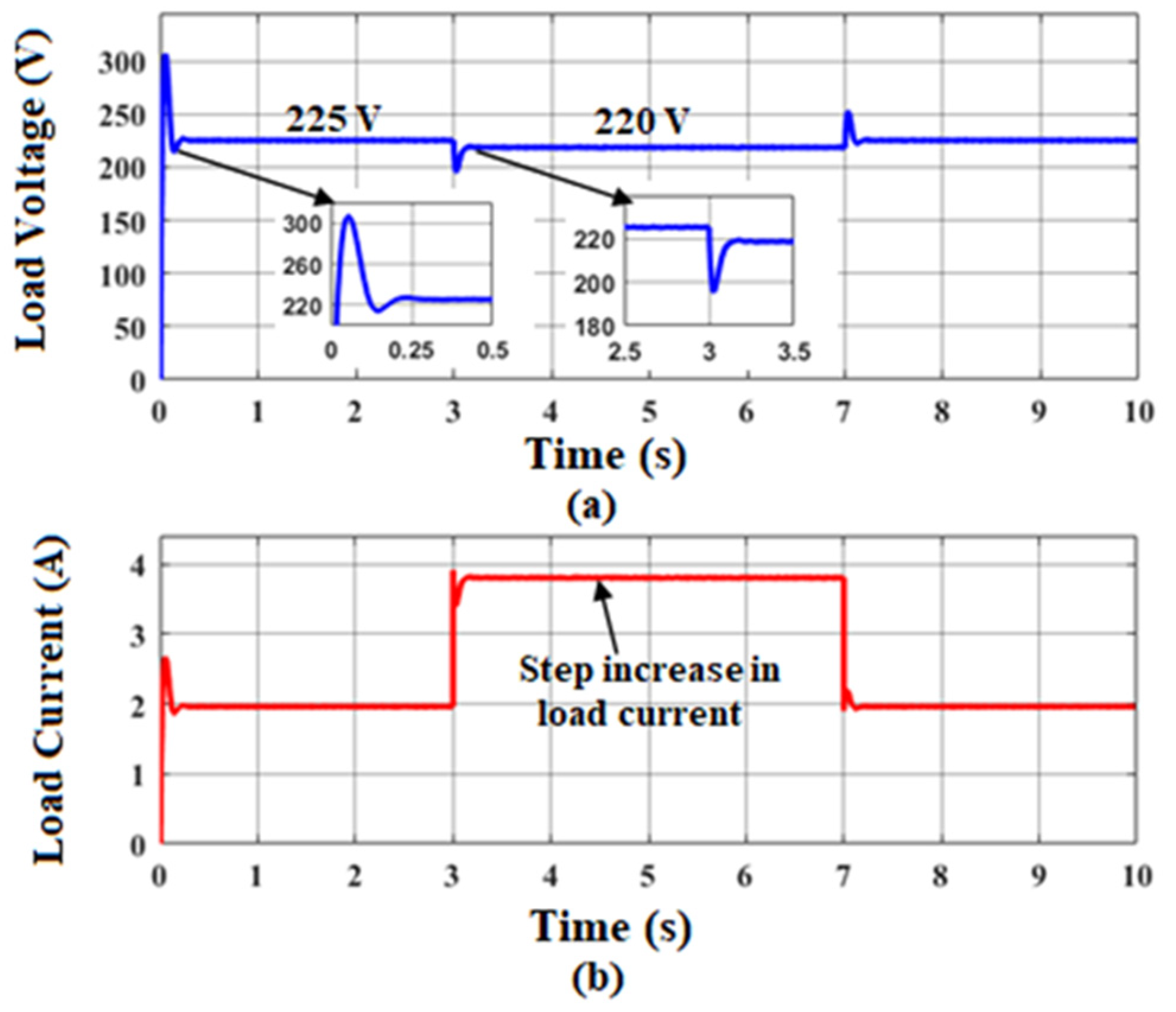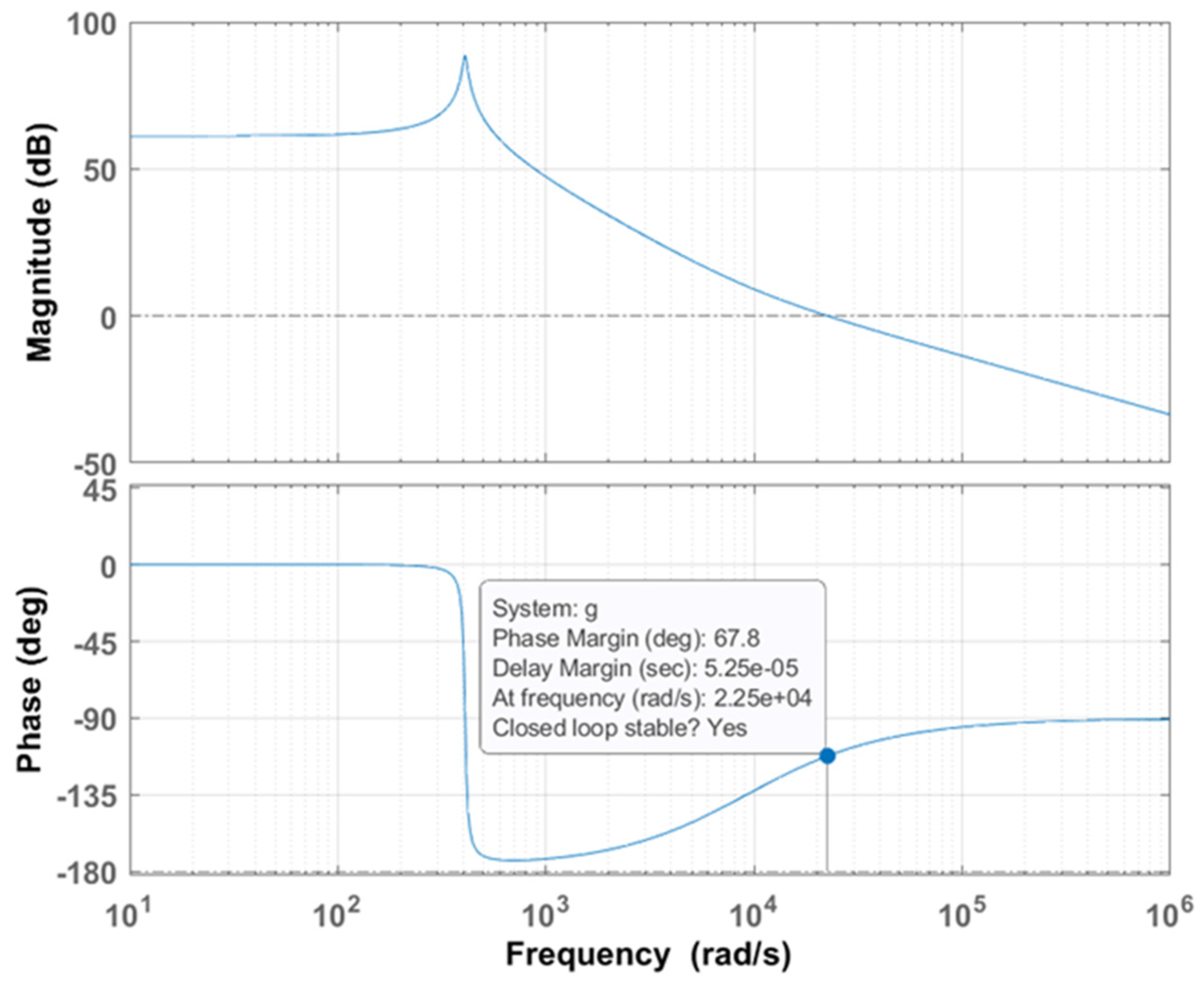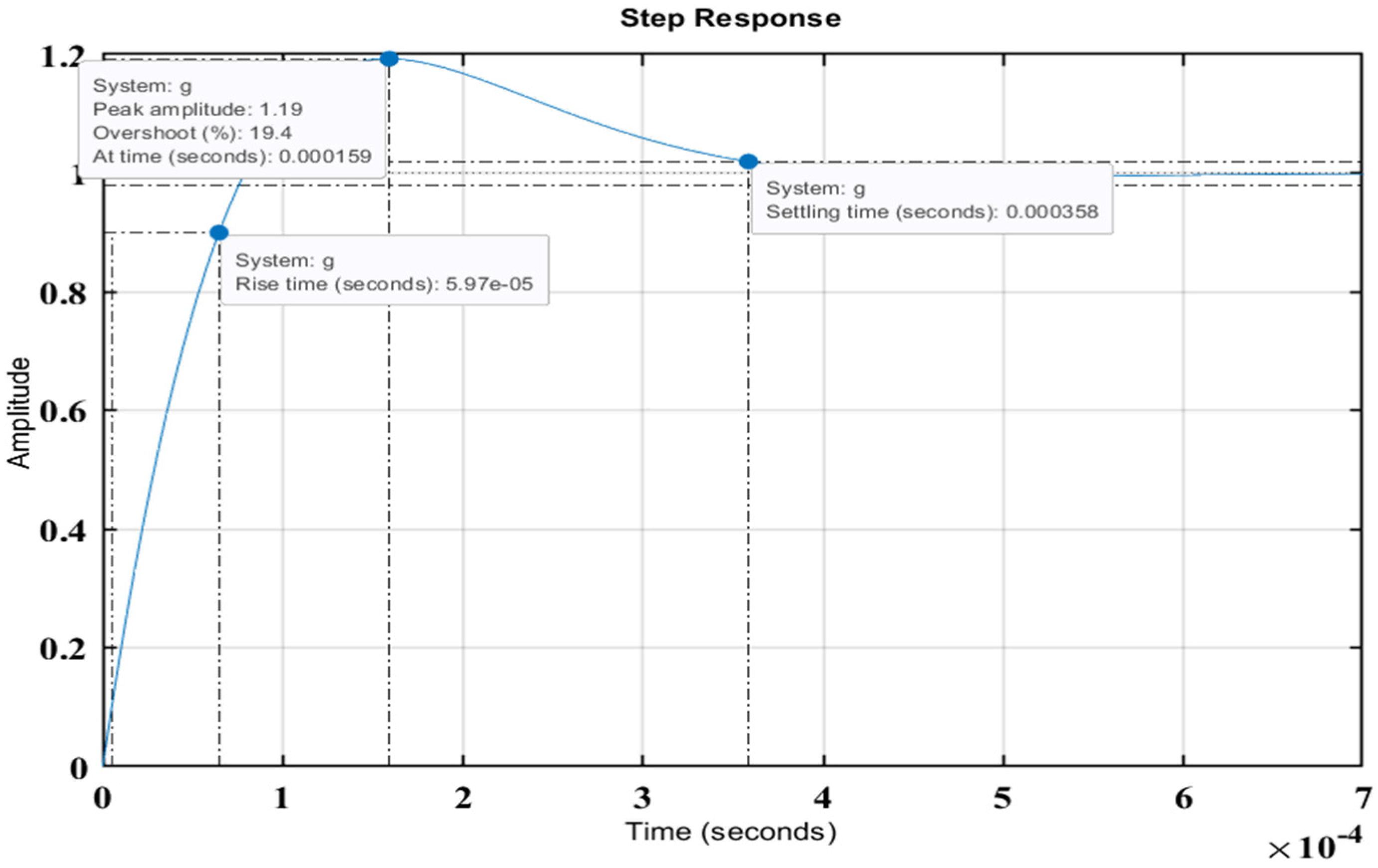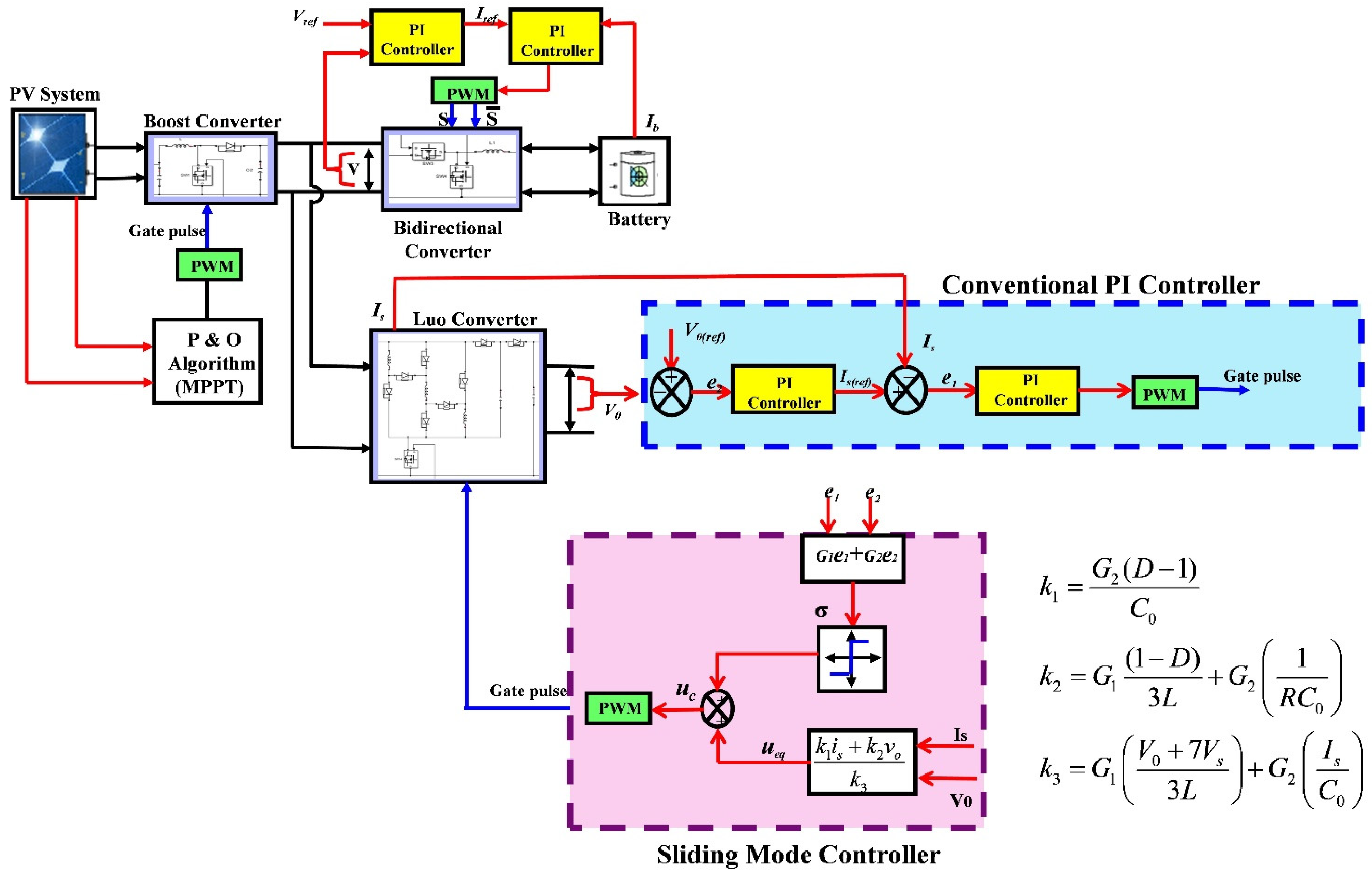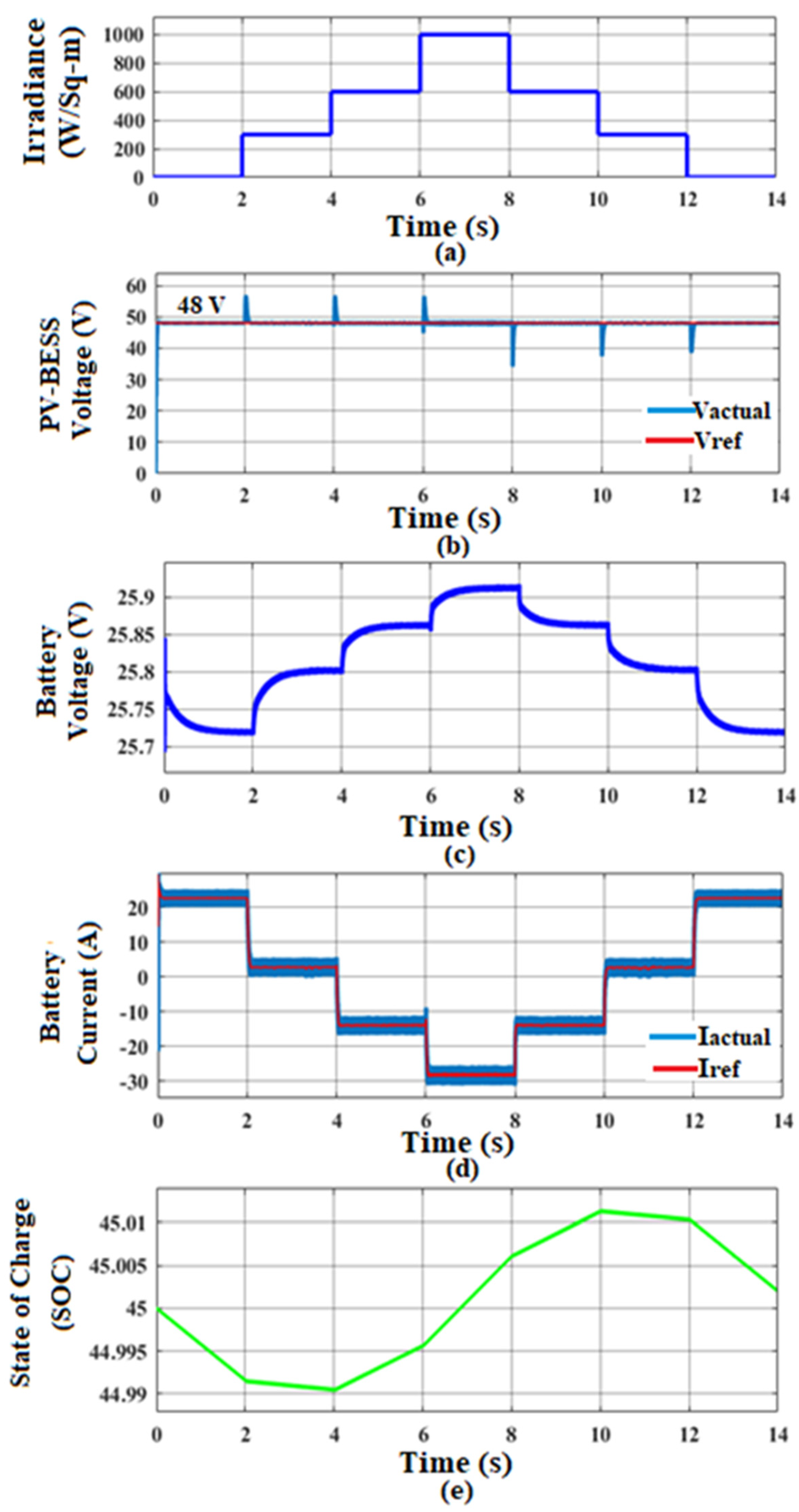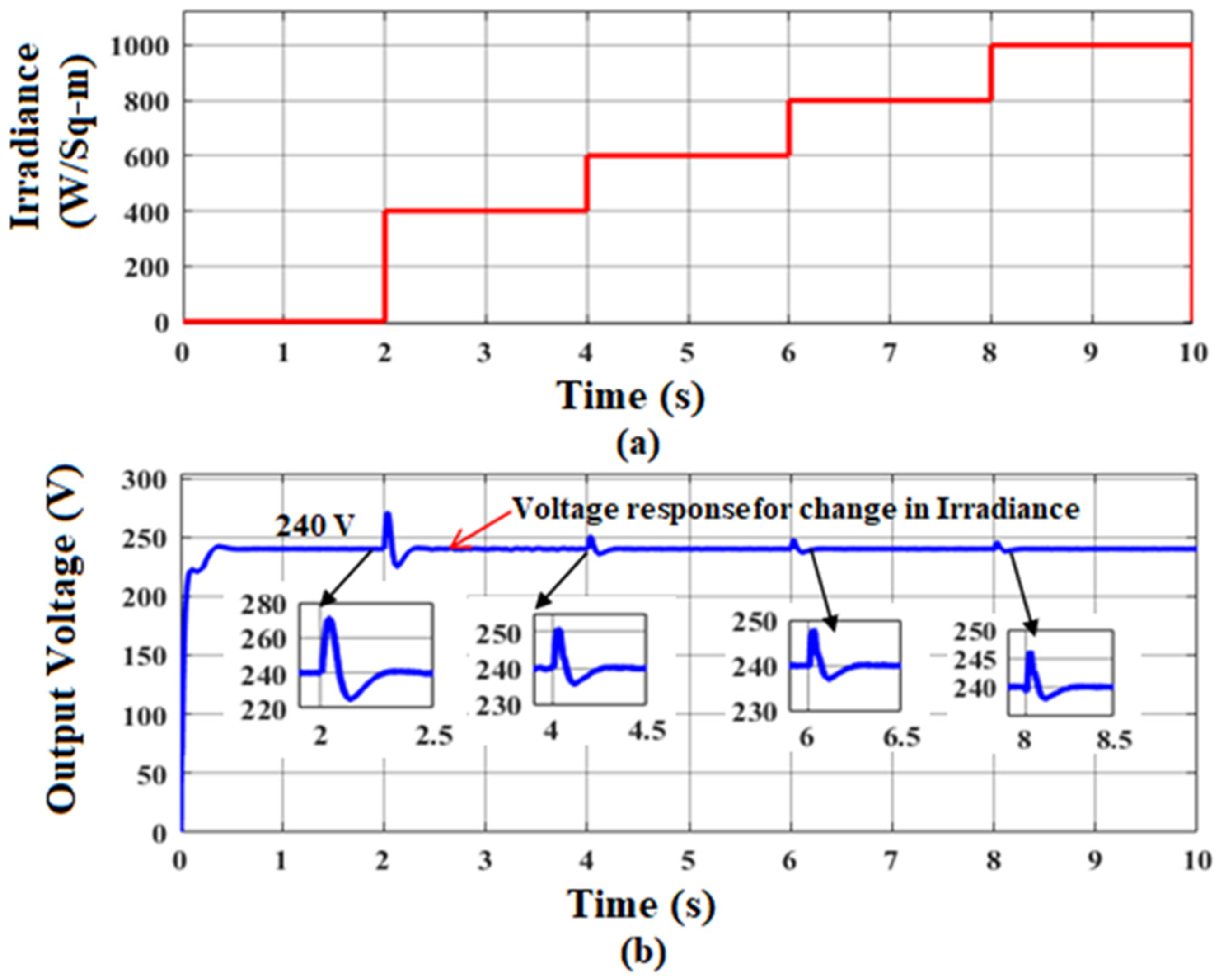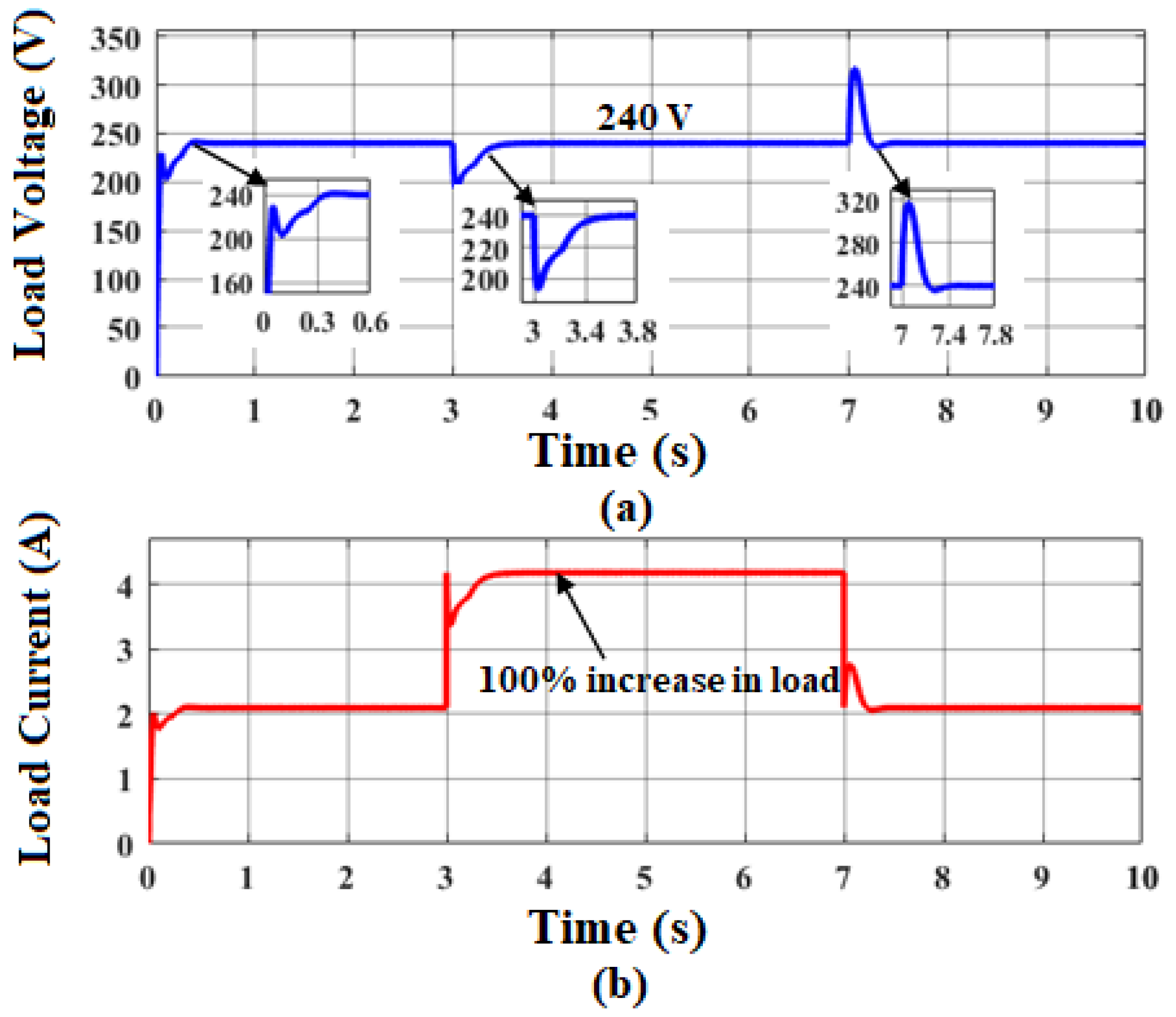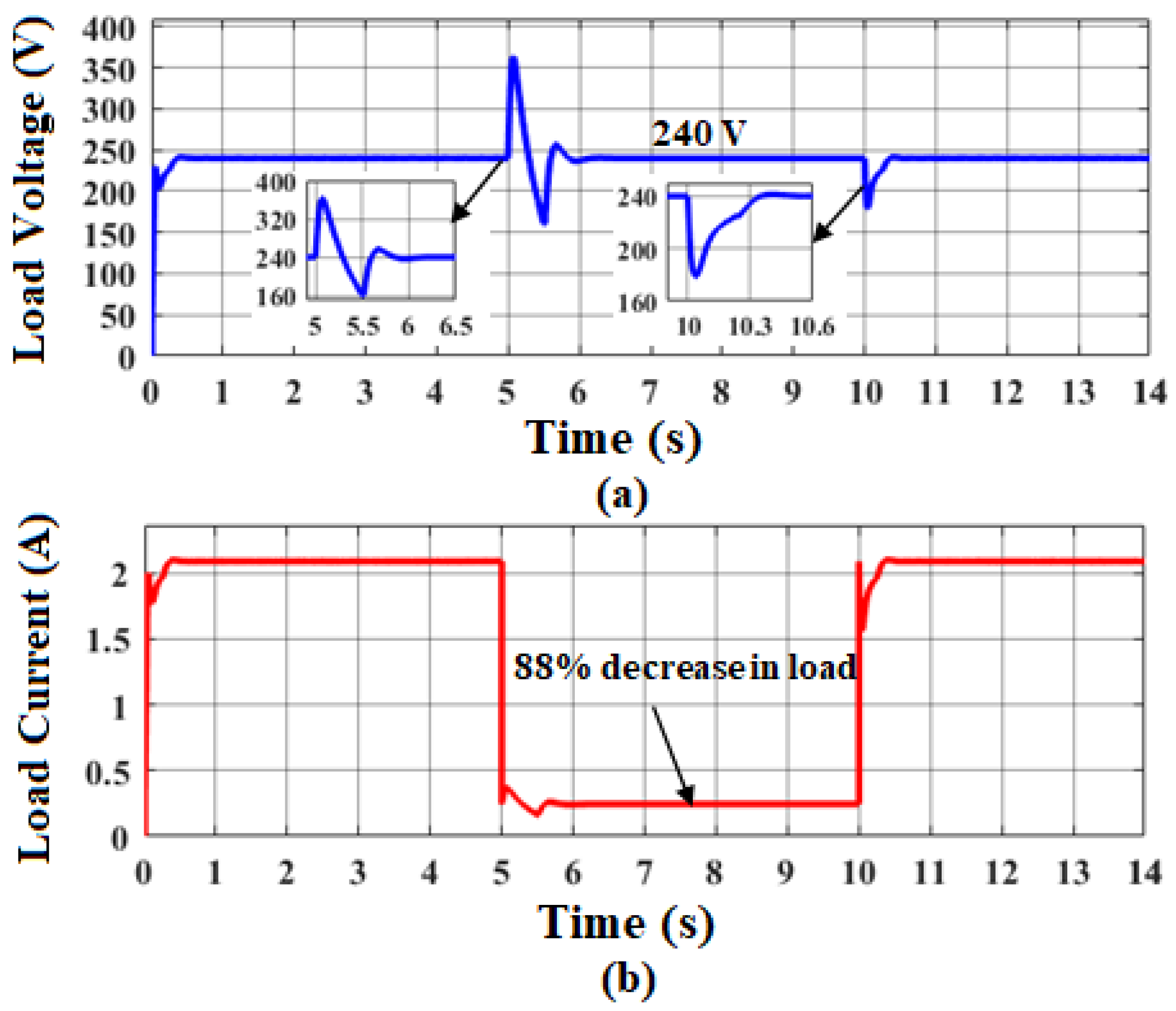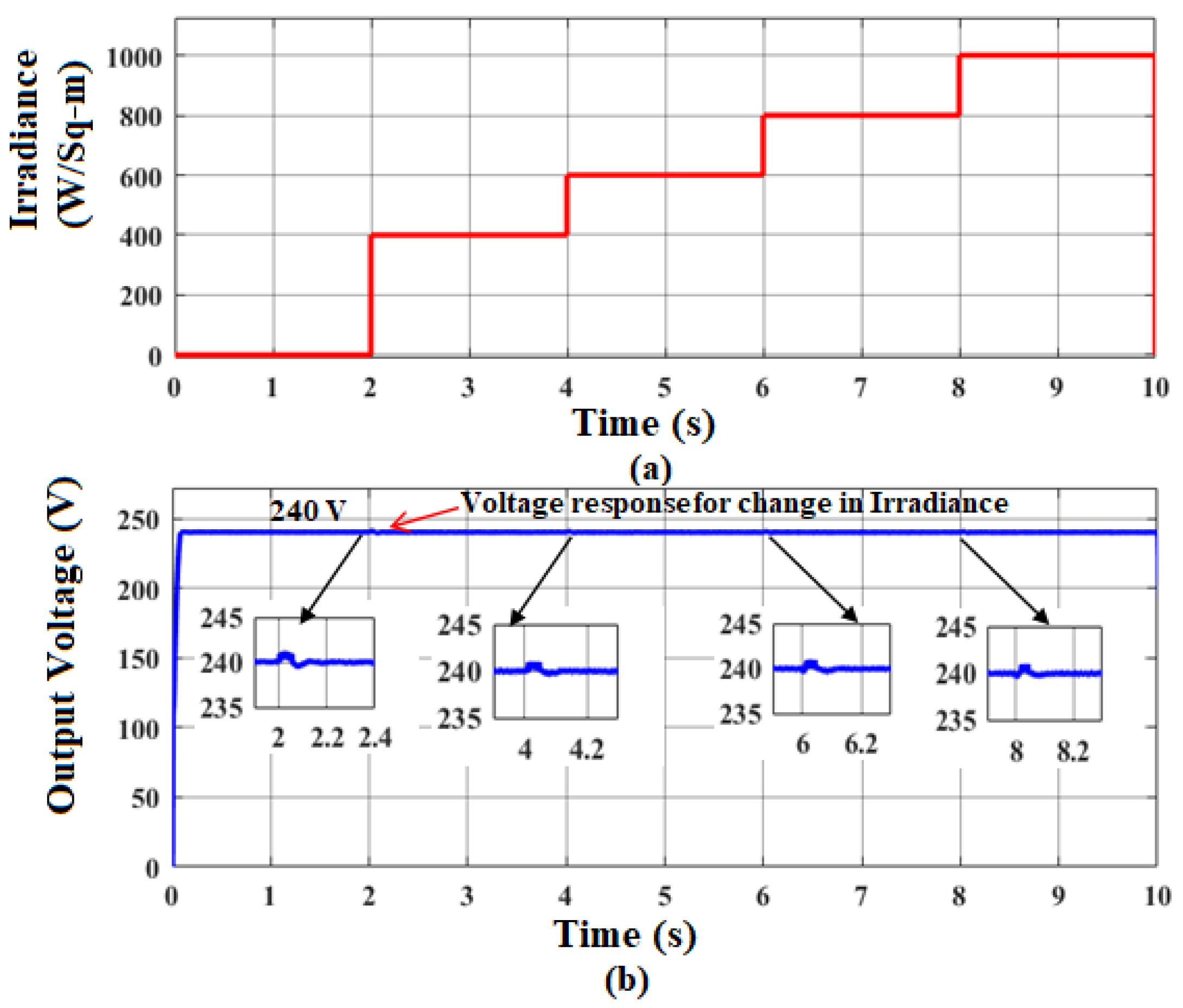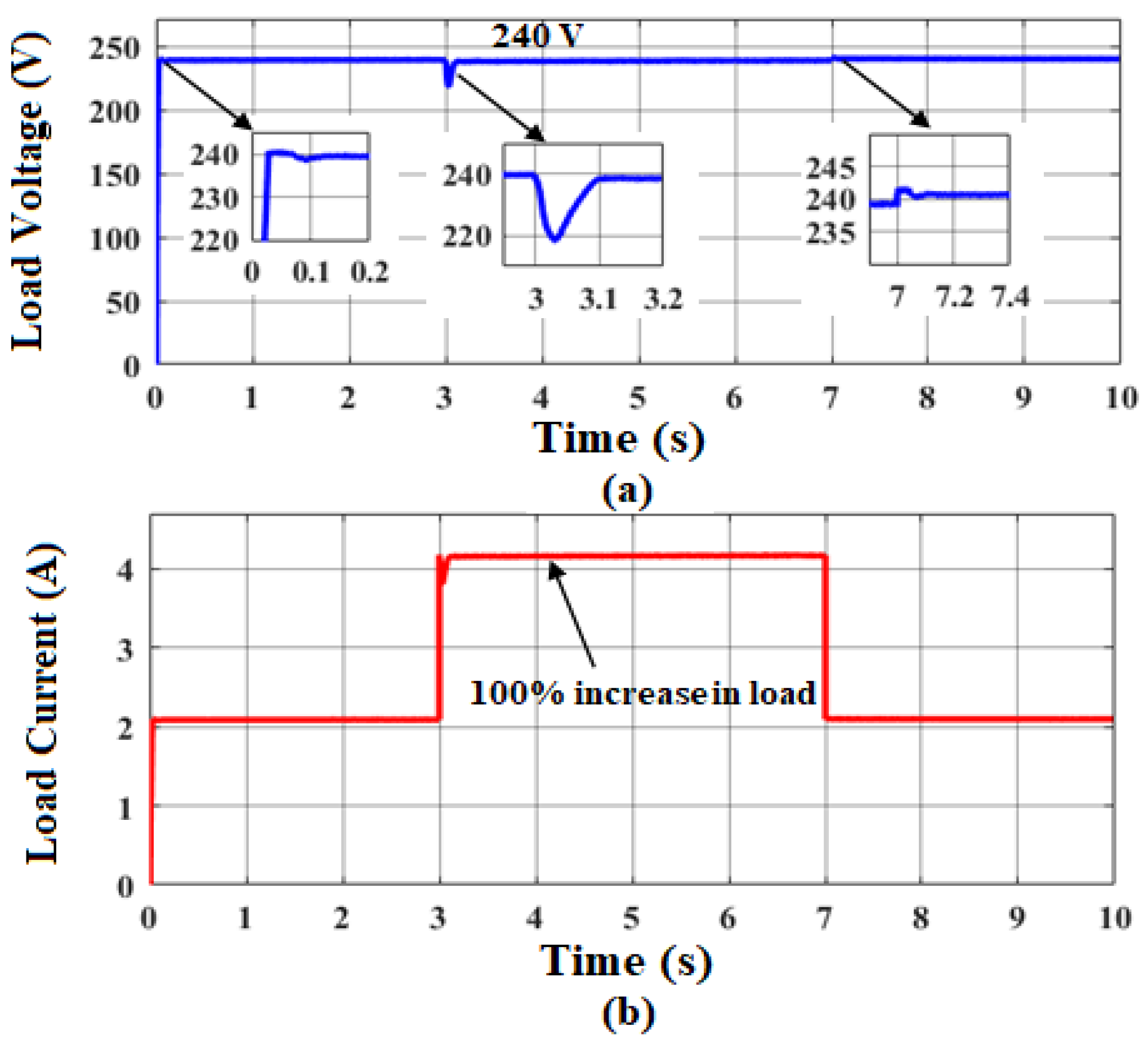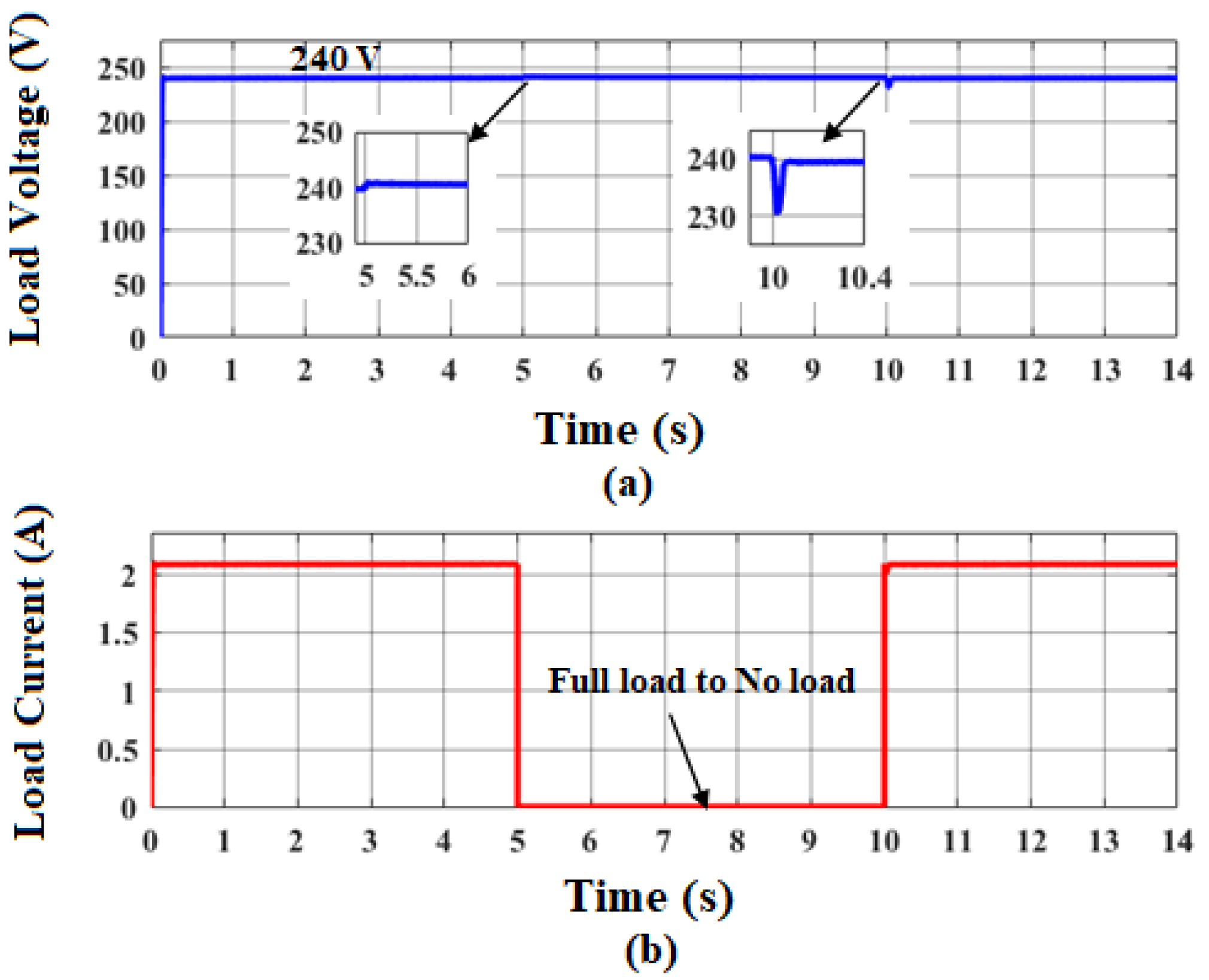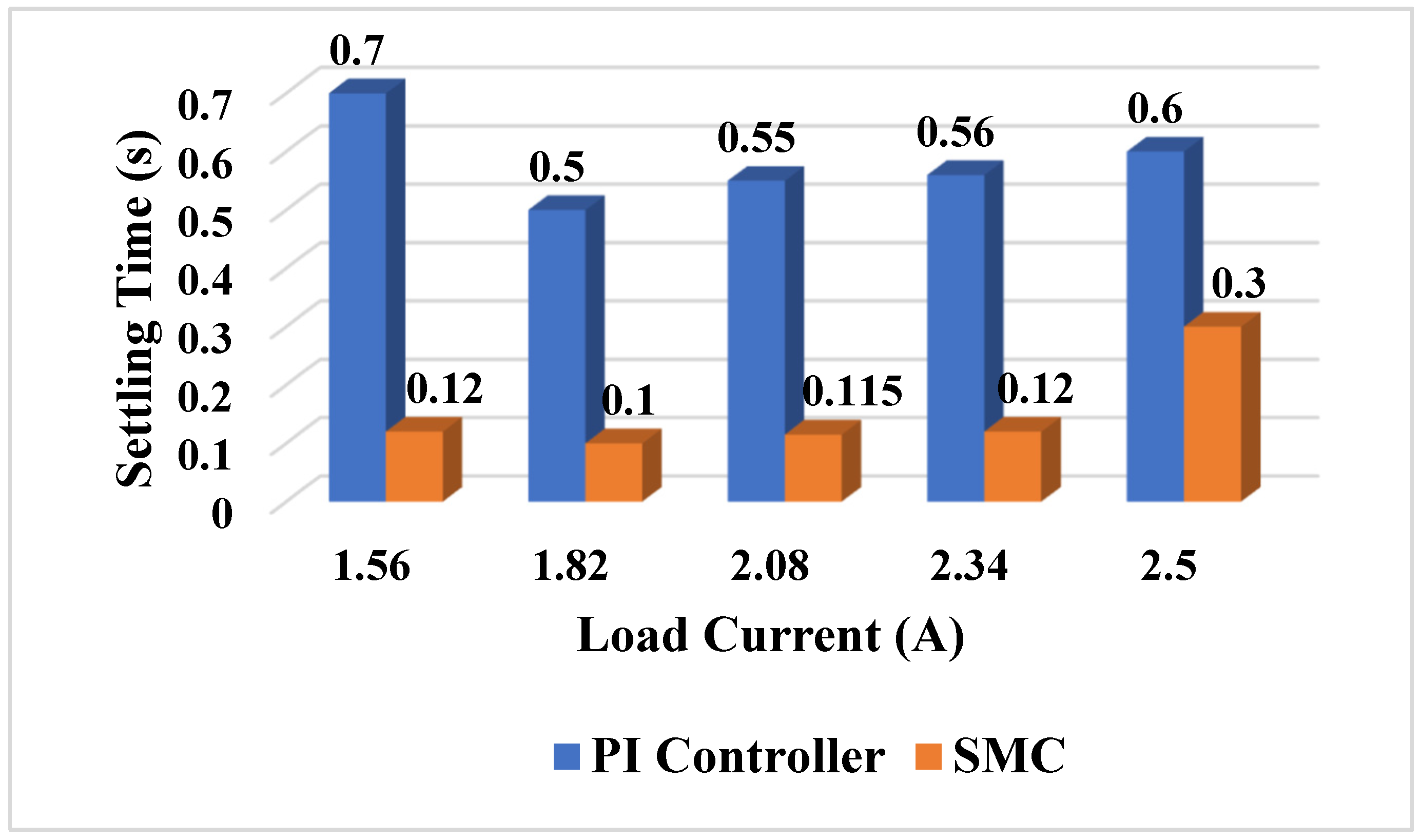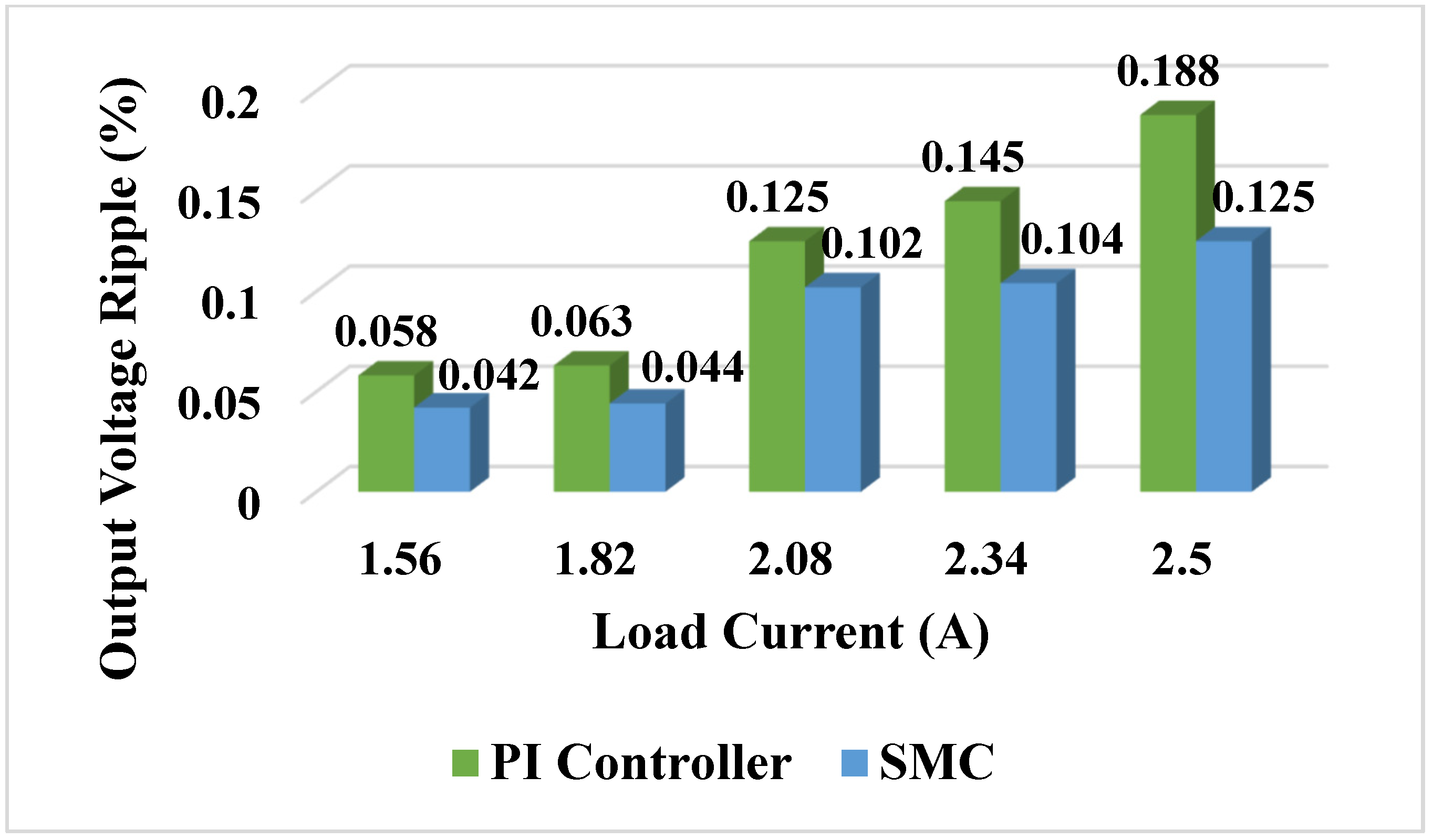1. Introduction
In recent years, due to the depletion of fossil fuels and increased demand of electrical energy, renewable energy sources are widely used for power generation. Additionally, policymakers around the world are emphasizing the ill effects of burning fossil fuels leading to climate change. As a result, the world is moving towards green energy and the energy sector is using both renewable and traditional energy sources to supply the increasing demand [
1]. Among the different renewable sources of energy, solar energy has become popular as it is available in abundance in countries such as India with less maintenance, scalability and steady decline in the price of photovoltaic components. This leads to solar power generation being clean, environmentally friendly and having a low cost per unit energy generation. Solar energy, which is greener, cleaner and sustainable and distributed through a cost-effective simple system for sustainable loads, is the focus of this research. Generation of electricity from solar improves the quality of life in rural areas as it supplies energy to health centers and street lighting. There is more probability of creating jobs and therefore, it stimulates sustainable socio-economic growth [
2].
The stand-alone mode of generating energy using solar is a simple solution which avoids a connection to a grid and conversion. The main advantage of such stand-alone generation of electric power from Photo Voltaic (PV) is that the DC output from the PV panel after modification, i.e., increasing or decreasing the voltage, can be applied to a DC load [
3], which prevents the need for DC to AC conversion and the associated losses. A review article given in [
4] presents various aspects of DC micro grid implementation and the relevant architecture suitable for buildings with high renewable energy source production for data centers and electric vehicle charging stations. In [
5], a grid-connected, PV-fed Brushless DC motor drive is designed and different Maximum Power Point Tracking (MPPT) algorithms are implemented. Sepic, Luo and Interleaved Luo converters are developed and the system performance is analyzed in terms of converter output voltage, motor parameters and Total Harmonic Distortion in the grid output current. One major application this research focuses on is the DC supply produced by this stand-alone unit to supply lighting in a commercial building [
6], as the tariff of commercial usage is many times that of domestic usage.
The lighting technology used must save energy, cost, life, high resolution, colour rendering, contrast, good performance and provide a green environment [
7,
8]. Selecting the type of lamp based on the above factors is another challenge. A Light Emitting Diode (LED)-based system is preferred for its sustainability by lasting longer, low maintenance, absence of electronic ballasts, provision for focusing light and recyclable parts. Even though the initial cost of an LED lamp is high, it is preferred due to more lumens with less power consumption. In addition, it can be connected directly to the PV along with a simple charge controller so that the renewable energy utilization is more, thereby reducing the CO
2 emission [
9].
Many converters have been proposed in the literature and the boost converter is a primeval and a simpler converter [
10]. Perturb & Observe (P&O), Incremental Conductance, Current sweep method, One cycle control, Artificial Neural Network etc. are some of the MPPT techniques addressed [
11,
12,
13] for extracting maximum power from the PV panel. There is also a need for the battery to provide the supply when PV does not work. The battery gets charged from the output voltage of the solar PV cell using a bi-directional DC-DC converter when PV power is in excess. An isolated solar PV-fed DC microgrid for residential applications is designed along with the Battery Energy Storage System (BESS) in [
14] and the performance of the designed system is analyzed in both charging and discharging modes of battery occurring during different irradiance conditions.
There is a need to step up the voltage with a reliable and efficient power electronic converter as the output of the PV cell is of low voltage DC. The PV–Battery system is connected to the load through a suitable converter which should have high efficiency, gain and power density. Among various power electronic converters available [
15] to obtain high gain and high efficiency with lower duty cycle, modified high gain Luo converters can be used because of their simplicity [
16].
Various topologies and controllers have been developed in the recent literature to enhance the performance of this high gain converter. Two input boost along with a switched-inductor impedance-network proposed in [
17], which yields DC voltage magnitude of a desired level with lower ripple and has high conversion efficiency. In [
18], a 120 W LED lighting system energized from a photovoltaic panel through a high gain converter is proposed and the analysis is done at a constant irradiation level. A new hybrid high gain converter with a lesser number of components is proposed in [
19] with less stress in devices and more efficiency. The dual boost converter combined with the switched inductor structure [
20] is discussed to achieve a high conversion ratio requirement with a reasonable duty cycle and makes it suitable for integrating with photovoltaic cells. Two input converters along with a battery are designed in [
21], operating in a continuous conduction mode operation to obtain the higher magnitude DC voltage with a fewer number of components.
In addition, to provide the constant output voltage, properly designed linear or nonlinear controllers are to be added with the system. The superiority of the Hybrid Posicast Controller over Proportional Integral Derivative controller designed for Fundamental Positive Output Super–Lift Luo Converter is highlighted [
22], and the performance comparison is done in terms of peak overshoot and settling time obtained during the transient period. A nonlinear controller is preferred as it is more sensitive and makes the system robust to load and line variations.
As a PV-based LED lighting system is cost effective in remote places where grid supply is not available, it will be useful to design an LED lighting system fed from solar energy through a high gain converter along with a Battery Energy Storage System. More-over, the lighting system should also be provided with a DC voltage with fewer ripples and maintained constant for wide load power variations.
The main contributions of this research article are:
An isolated PV–BESS is designed to obtain constant DC output voltage for varying solar irradiance
A linearized small signal model is developed for a modified high gain Luo converter using the state-space averaging technique
The mathematical representation of the control component of a sliding mode controller is formulated using the derived small signal model
Superior performance of the Sliding Mode Controller (SMC) over the PI controller is projected with respect to time–domain parameters
This article is organized as follows:
Section 2 explains the functional block diagram of the entire system, working principle and mathematical modelling of the modified Luo converter.
Section 3 explores the analysis of PV–BESS and implementation of the PI and sliding mode controller along with results. The discussion of the results is given in
Section 4, and
Section 5 states the conclusions.
3. Results
The proposed solar lighting for commercial system is developed using MATLAB/Simulink
® software and represented in
Figure 11, which consists of a PV integrated battery management system and modified Luo converter along with either a PI controller or SMC.
3.1. Analysis of the PV–BESS System
The PV integrated battery management system consists of an MPPT-based PV panel in which the P&O algorithm decides the duty ratio of the Boost converter so that maximum power can be extracted for the given irradiance and, correspondingly, the output voltage of the boost converter is obtained for a PV open circuit voltage of 37 V. Depending upon the magnitude of PV power and battery storage, the BMS works effectively to provide a constant voltage of 48 V to the Luo converter irrespective of change in irradiance. For achieving this objective, the bidirectional converter is designed for integrating the MPPT-based PV and battery. This converter is operated in buck mode when PV power is more than the load power and the battery is in charging condition. It is in boost mode when PV power is less than the load power and the battery starts discharging and supplying the load. The charging and discharging operating modes of the battery are obtained using PI controllers implemented in both outer voltage and inner current control loops. Hence, the BMS makes the PV-BESS system give a stable voltage of 48 V at different irradiance levels, which feeds the modified high gain Luo converter.
Figure 12 shows the constant output voltage of PV–BESS and parameters of the battery for step increase/decrease in insolation level for every 2 s duration. As the PV irradiance is zero for 0 to 2 s, the battery supplies the load and the discharging voltage of the battery is clearly shown in
Figure 12c. For the time interval of 2 to 8 s, as the irradiance level is increased, the battery management system makes the battery charge and it become discharged for the remaining period as the insolation decreases, which is depicted from the waveforms shown in
Figure 12d,e.
Figure 12b shows output of the PV–BESS in which its magnitude is maintained constant irrespective of changes in irradiance.
3.2. Conventional PI Controller
As a commercial building needs a greater number of LED lamps to glow throughout the day, the modified high gain Luo converter is designed to increase the output voltage from PV–BESS to nearly five times in magnitude. In order to achieve regulated output voltage for wide range of load variation which occurs due to the frequent turn on/off of LED lamps, feedback control is employed for the modified Luo converter. To obtain the desired performance specifications during the transient period and to make zero steady state error, a linear PI controller is incorporated, which includes an inner current loop and outer voltage loop control. The actual load voltage is sensed and compared with a reference voltage of 240 V and the voltage error is processed in the PI controller and the output of this controller acts as the reference signal for the current. This current reference is compared with the actual input current of modified Luo converter and the resulting current error is the modulation signal of the Pulse Width Modulator (PWM). In the PWM block, the current error signal is compared with a high frequency triangular carrier waveform with a frequency of 10 kHz. The gate pulse of desired duty cycle received from PWM block triggers the controlled switch (S) of the Luo converter.
The
Figure 13 shows the tracking capability of the PI controller for maintaining a constant output voltage of 240 V for a change in irradiance. It is clearly inferred from
Figure 13b, for every step increase in irradiance as in
Figure 13a, the output voltage settles down to the rated voltage of 240 V within a time period of 0.3 s with an overshoot ranging from 12.5% to 2.5%.
Figure 14 and
Figure 15 show the robustness of the controller when there is a variation in load current as represented in
Figure 14b and
Figure 15b, which are obtained for a standard test condition of 1000 W/m
2 and 25 °C. It is inferred from
Figure 14a that the output settles to 240 V with an undershoot of 20.8% when the load current is increased to 100% from the rated value and it has an overshoot of 31.25% when the load current returns to rated value of 2.1 A. In both the conditions, the output voltage has a setting time of 0.4 s.
Similarly,
Figure 15a shows the output voltage response which has an overshoot of 50% when there a decrease in the load current from the rated value of 2.1 A to 0.25 A and it takes a settling time of 1 s. When the load disturbance has been removed and comes to the rated value, the load voltage has an undershoot of 25% and a settling time of 0.5 s.
From the above analysis, it is inferred that the output voltage has appreciable overshoot and undershoot during the load current variations and also the decrease in load current from rated value is limited to 88%. To nullify these drawbacks, an SMC is designed.
3.3. Sliding Mode Controller
As the converter comes under non-linear type, a non-linear Sliding Mode Controller is chosen to provide precise tracking of output against load and line variations. It includes multiple state feedbacks and the desired closed loop response is obtained in time–domain directly. The state variables considered are source current error and output voltage error, which should be in analog form and accessible to the controller [
25].
The sliding surface is fixed as a function of state variables with the help of sliding co- efficients
G1 and
G2 and represented in Equation (27)
The control component
u helps to bring the system state variables to the sliding surface such that the
σ = 0.
To maintain the states of the system on the sliding surface against disturbances, the control component
ueq is developed by differentiating Equation (29) with respect to time and equates to zero.
where
Hence, the control signal from the controller should have two components, i.e.,
- 1.
u–to bring the system states to the sliding surface
- 2.
ueq–to maintain the system states on the sliding surface.
Hence, the continuous control component from the SMC, which is a modulating signal of the PWM block, is represented as
G1 and G2 values are randomly selected as 0.07 and 1.18, respectively. The above algorithm is developed in the MATLAB/Simulink® tool and the obtained control signal is given to the PWM circuit.
Figure 16 shows the tracking capability of an SMC for maintaining a constant output voltage of 240 V for change in irradiance. It is seen from
Figure 16b, for every step increase in irradiance as in
Figure 16a, the output voltage settles down to the rated voltage of 240 V within a time period of 0.1 s, with an average overshoot of 0.42%.
Figure 17 and
Figure 18 show the effectiveness of the controller when there is a variation in load current as represented in
Figure 17b and
Figure 18b and the simulation results are obtained for a standard test condition of 1000 W/m
2 and 25 °C. It is inferred from
Figure 17b that the output voltage settles to 240 V with an undershoot of 8.33% when the load current is increased to 100% from the rated value and it has an overshoot of 0.833% when the load current returns to rated value of 2.1 A. In both the conditions, the output voltage has a setting time of 0.1 s.
Similarly,
Figure 18b shows the output voltage response which has an overshoot of 0.4% when there a decrease in the load current from a full load rated value to no load and it has a settling time of 0.2 s. When the load disturbance has been removed and comes to the rated value, the load voltage has an undershoot of 4.16% and a settling time of 0.1 s.
The exceptional performance of the SMC over the PI controller is emphasized as the output voltage has very minimal overshoot and undershoot at the instant of load current variations. From
Figure 17 and
Figure 18, the tracking capability of the SMC is proven even for a 100% increase and also a 100% decrease in load current from rated value, which was not seen in the literature discussed in this article.
4. Discussion and Performance Comparison
A PV–BESS integrated with high gain converter of rating 240 V, 500 W is designed such that it can handle a lighting system consisting of five parallel strings, each string having 10 LEDs. It is clearly shown from
Figure 7 that the modified high gain Luo converter is better than Luo and Boost converters in terms of obtaining high gain at moderate duty cycles. From the literature review, it is seen that various topologies of high gain converter fed lighting systems are analyzed. These configurations include a greater number of passive circuit components and the existence of efficient feedback controls suitable for a wide range of load variation is also not addressed.
Hence, this research article is focused on designing a PV–BESS integrated high gain converter with a competent SMC which comes under the category of a non-linear controller as it provides defined stability and robustness against variations in system parameters as well as load uncertainties. To articulate the continuous control component of the SMC, the derived linearized small signal model is used and discussed, which is a new mathematical approach for this converter-fed lighting system. Moreover, a designed controller emphasizes its ability in satisfying the performance requirements in terms of minimal ripple voltage magnitude in %, which was not seen in previous works [
17,
19], and its tracking capability as per load requirements.
The performance of a PI Controller and an SMC in the presence of load current variations are compared in terms of % output voltage ripple and settling time by
Figure 19 and
Figure 20.
In
Figure 19, settling time of the two controllers is compared for various load currents and it shows that the SMC outperforms the PI Controller in all loading conditions. A similar trend is seen in the voltage ripple for different loads, as shown in
Figure 20. It can be concluded that performance of the nonlinear controller is superior to that of the linear controller in both transient and steady state conditions.
5. Conclusions
In recent years, DC microgrids are emerging as they are highly efficient, reliable and stable. Here, design and simulation of an integrated PV–BESS for lighting systems in a commercial building through a modified high gain Luo converter are presented. The P&O algorithm is implemented using a boost converter to extract the maximum power from the PV panel for the corresponding irradiance level. The bidirectional DC -DC converter used in BMS helps to control the charging and discharging of the battery, which leads to a constant output voltage of 48 V from PV–BESS and also provides a long battery life. To utilize this 48 V for 240 V, a 500 W LED lighting system is used in commercial building, and the modified high gain Luo converter is designed along with SMC for stepping up this 48 V to 240 V. To prove the preeminence of an SMC, a PI controller was also designed and a performance comparison was done between them.
The load regulatory analysis has been done to show the ability of both controllers for providing a stable output voltage over different loading conditions. The proposed scheme has been simulated using MATLAB/Simulink® and the obtained results are analyzed for various irradiance levels and load currents. From the results, it is inferred that the proposed scheme yields a very good solution for the lighting of a commercial building by utilizing solar energy.
The proposed system can be broadened to DC microgrids to provide eco-friendly power generation. Furthermore, there is an increase in different combination of loads in DC microgrids such as electric vehicles, computers, cooling fan, pumps etc. To supply these different types of loads, the nonlinear controller designed in this work is found to be a suitable choice for providing the regulated output voltage at different loading conditions. Provided, this article is formulated as a standalone generating unit for supplying an LED lighting system. If PV power is not available for a few days and the battery is also drained, then the load connected to the system will not get any supply. In such conditions, grid interactive PV–BESS is preferable.
